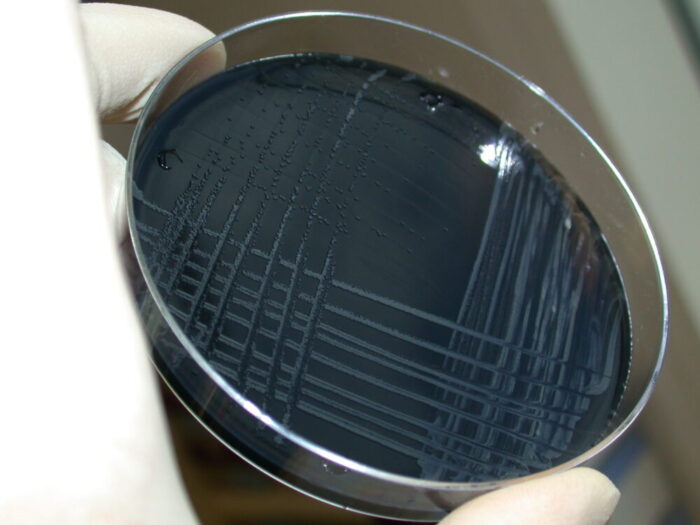A recent briefing from the Public Health Communication Centre finds that, based on hospitalisation rates, campylobacter infections have increased nearly 70% in the past 17 years.
The NZ College of Public Health Medicine has supported the authors’ call for stronger regulation to address the infections, which are mainly linked with contaminated chicken meat. However, NZ Food Safety says the briefing “does not reflect the issue“and the recommended changes would not much reduce infection rates.
The SMC asked experts about campylobacteriosis.
Nigel French, Distinguished Professor of Infectious Disease Epidemiology and Public Health, Massey University, comments:
What is the situation with campylobacter infection in NZ and around the world?
“The article by Michael Baker and colleagues reminds us that campylobacteriosis remains our most important food borne pathogen despite decades of research, interventions in the poultry industry and multiple public health campaigns. Major gains were made between 2007/8 in Aotearoa, following work funded by the regulator at the time (the NZFSA), and major initiatives implemented by government and industry. But since then improvements have been more incremental.
“Campylobacteriosis is also a major cause of food borne illness around the world, from low to high income nations, presenting many countries with similar challenges. There are clearly no easy solutions, but this is no excuse for inaction. The international research community, food safety regulators and the food industry need to redouble efforts to implement and evaluate what we currently know and develop innovative approaches to reducing the unacceptable burden of illness.”
How has the spread of campylobacter infection through chicken meat been addressed?
“It should be recognised that the poultry industry in Aotearoa has invested considerable resources into understanding how Campylobacter enters the production system and moves along the food chain and they are funding research that aims to provide better tools to tackle this problem. International research has shown that targeting multiple points along the production chain is needed to improve food safety. One example is the practice of ‘partial depopulation’ whereby birds of a required size are repeatedly removed from flocks during the growing cycle. Changes to this management practice could help reduce the number of flocks affected and transmission along the chain. This may be difficult to achieve in reality due to cost considerations and consumer preferences, but this shouldn’t deter innovation and a re-evaluation of these and other production practices.”
What does the new research show?
“The article refers to a striking discordance between ‘sporadic’ case notifications, microbiological data and hospitalisation rates. From the graphs presented in the article, this is most evident between 2021 and 2023. Given the important public health burden of this disease this warrants detailed investigation. Such an examination should help to determine if it is a real effect, or the result of systematic changes in the way that severe cases of campylobacter-like illness are being admitted to hospital and being attributed to Campylobacter infection.
“Investigations such as comparing trends in other similar pathogens, which also cause severe illness requiring hospitalisation, should help to determine whether this is a real effect or the result of anomalies in surveillance data. If it is a real effect, there are a number of possible explanations for the apparent rise of hospitalisations against a background of declining notified community cases. One possibility is the emergence of a strain of Campylobacter that is causing more severe symptoms. Routine typing of human cases and food sources ceased after 15 years when the SACNZ study was completed in 2019. A renewed typing effort, using genome sequencing, could help to determine the source of hospitalised cases since 2021 and whether a more virulent strain is responsible for the disparity in reported cases.”
Conflict of interest statement: “I am the Emeritus Director of the NZ Food Safety Science and Research Centre and I jointly led the SACNZ study referred to in the PHCC report. I have conducted research on campylobacteriosis for the NZFSA, MPI, the poultry industry in New Zealand through the NZFSSRC, the UK BBSRC and DfID, and the Gates Foundation. I have co-authored over 30 journal articles with Michael Baker.”
